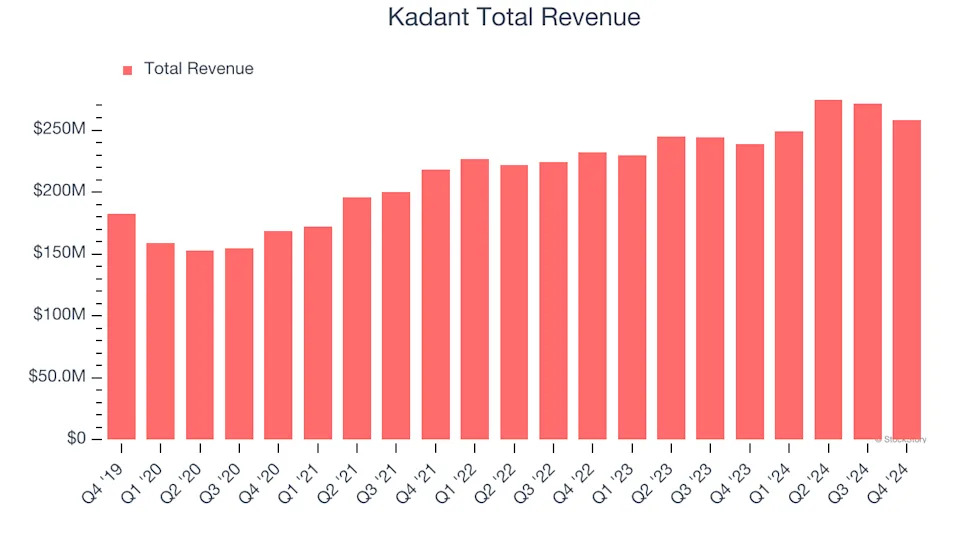What To Expect From Kadant’s (KAI) Q1 Earnings
Industrial equipment manufacturer Kadant (NYSE:KAI) will be reporting earnings tomorrow after market close. Here’s what to look for.
Kadant met analysts’ revenue expectations last quarter, reporting revenues of $258 million, up 8.1% year on year. It was a slower quarter for the company, with full-year EPS guidance missing analysts’ expectations.
Is Kadant a buy or sell going into earnings? Read our full analysis here, it’s free .
This quarter, analysts are expecting Kadant’s revenue to decline 4.1% year on year to $238.8 million, a reversal from the 8.4% increase it recorded in the same quarter last year. Adjusted earnings are expected to come in at $1.97 per share.

Analysts covering the company have generally reconfirmed their estimates over the last 30 days, suggesting they anticipate the business to stay the course heading into earnings. Kadant has a history of exceeding Wall Street’s expectations, beating revenue estimates every single time over the past two years by 3.3% on average.
Looking at Kadant’s peers in the general industrial machinery segment, some have already reported their Q1 results, giving us a hint as to what we can expect. GE Aerospace posted flat year-on-year revenue, missing analysts’ expectations by 7.9%, and 3M reported a revenue decline of 1%, topping estimates by 4.6%. GE Aerospace traded up 8.6% following the results while 3M was also up 8%.
Read our full analysis of GE Aerospace’s results here and 3M’s results here .
Investors in the general industrial machinery segment have had fairly steady hands going into earnings, with share prices down 1.4% on average over the last month. Kadant is down 7.6% during the same time and is heading into earnings with an average analyst price target of $355 (compared to the current share price of $311.14).
Unless you’ve been living under a rock, it should be obvious by now that generative AI is going to have a huge impact on how large corporations do business. While Nvidia and AMD are trading close to all-time highs, we prefer a lesser-known (but still profitable) semiconductor stock benefiting from the rise of AI. .
